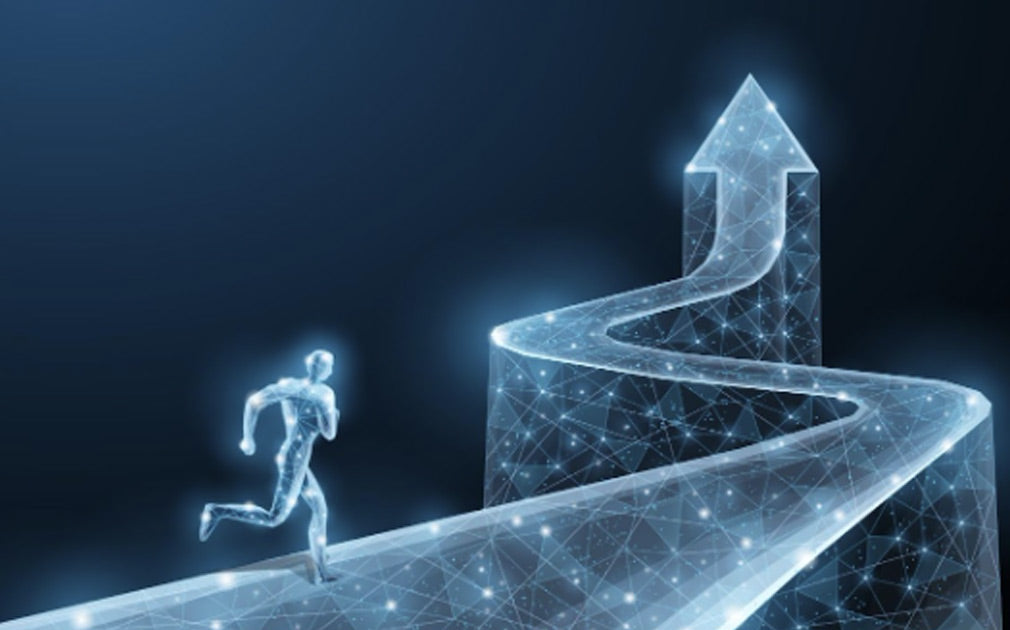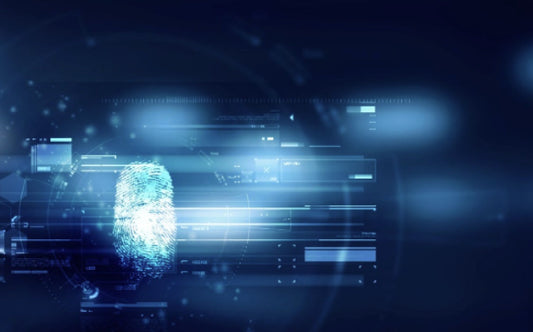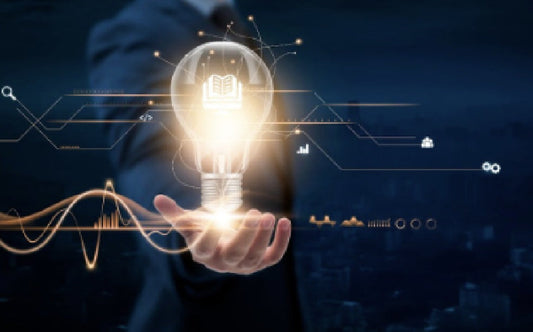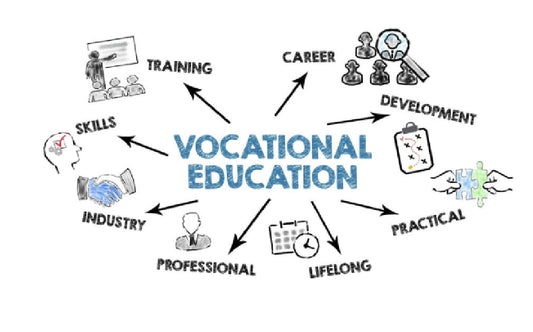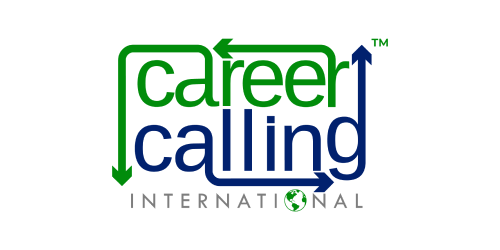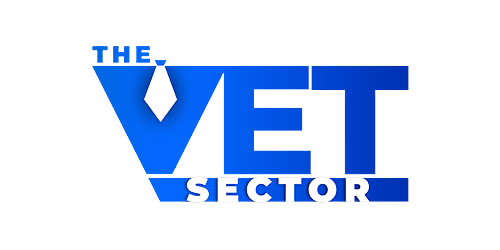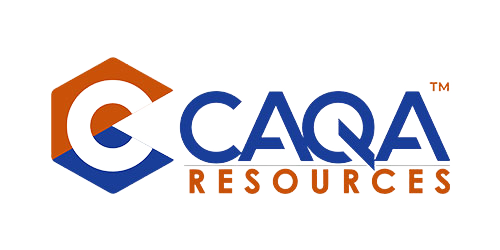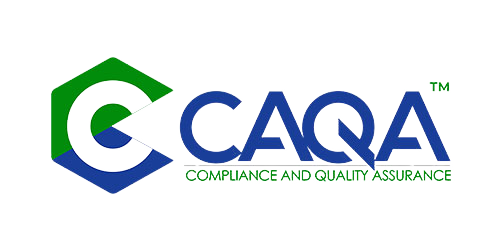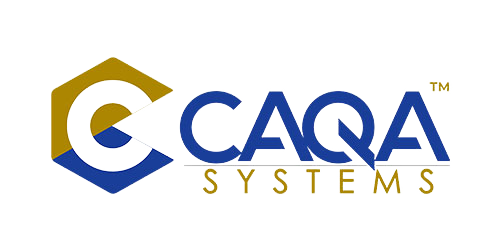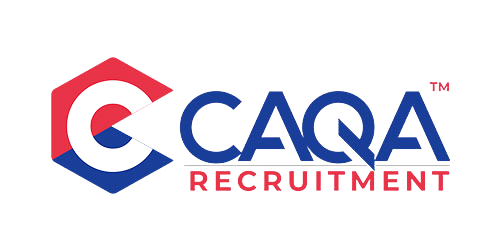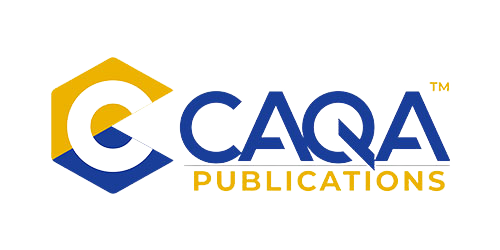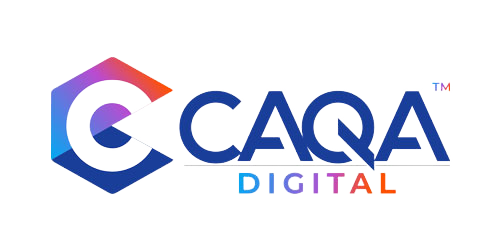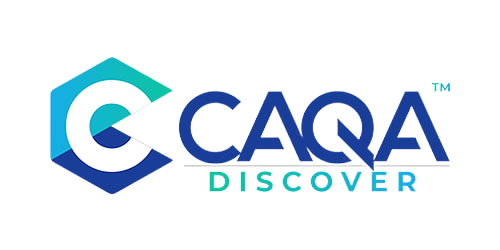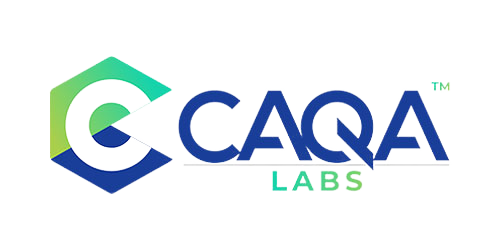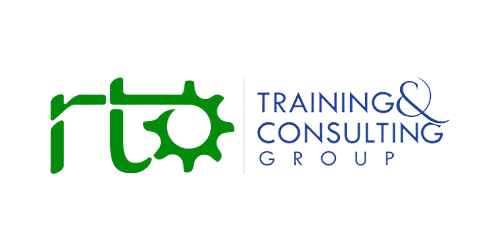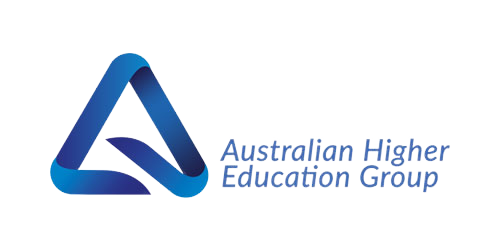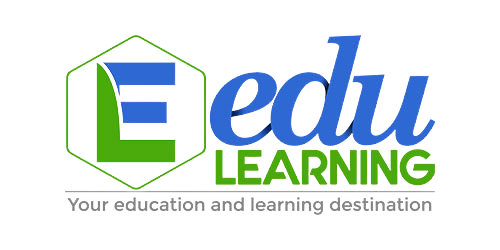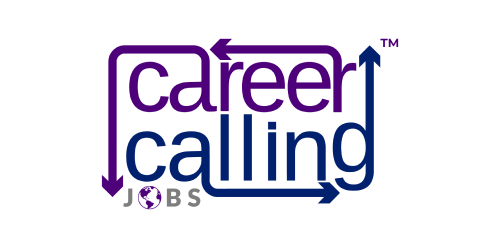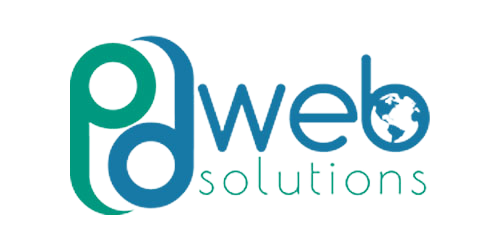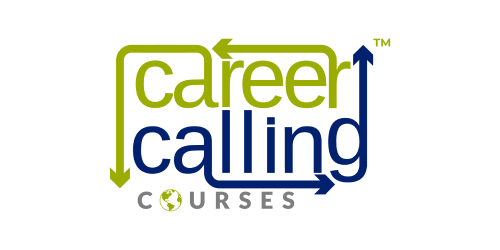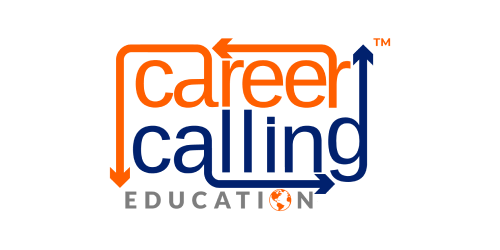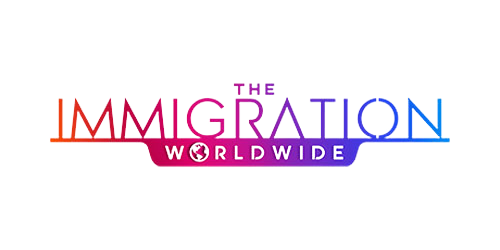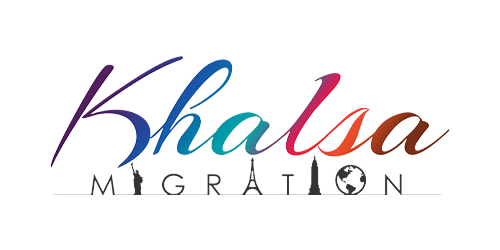As we venture deeper into 2025, the landscape of creativity and intellectual property is undergoing a profound transformation. Artificial intelligence systems have evolved beyond mere data analysis and task automation, now composing emotive symphonies, generating gallery-worthy visual art, and crafting critically acclaimed screenplays. This technological leap presents both unprecedented opportunities and complex challenges for creators, publishers, and legal systems worldwide.
The Blurring Line Between Human and Machine Creativity
At the heart of this transformation lies a fundamental question: Can a machine truly create, or is it merely recombining elements from existing human work? Today's generative AI models, built on neural networks trained on vast datasets of human-created content, operate with a degree of autonomy that blurs the line between mechanical reproduction and genuine creation1. When an AI generates art indistinguishable from human-created work or composes music that moves listeners emotionally, it challenges long-held assumptions about the uniqueness of human creativity.
However, it's crucial to recognise that while AI can mimic the formal characteristics of human creation, it lacks the lived experience, cultural context, and intentionality that give creative work its deepest significance1. The algorithms powering these systems don't simply follow rules; they identify patterns and make unexpected connections. Yet, they cannot replicate the emotional depth, uniqueness, and creativity that stems from human imagination.
The Legal Landscape and Copyright Challenges
The legal implications of this technological shift are profound and far-reaching. Copyright law has traditionally been built around the concept of human authorship, with protection granted to "original works of authorship fixed in any tangible medium of expression". This framework assumes a human creator whose intellectual effort deserves protection and compensation. When an AI system generates content, it challenges this fundamental premise.
Courts across jurisdictions have begun wrestling with questions of ownership, originality, and compensation for AI-generated works. The U.S. Copyright Office's 2023 guidance that AI-generated content cannot be copyrighted without significant human creative input stands in tension with approaches in other countries that have begun creating new categories of protection for such works. These divergent approaches are creating a fragmented global landscape where the status of AI-created content varies dramatically depending on jurisdiction.
The Stakes for Creative Professionals
For creative professionals—writers, musicians, visual artists, designers—AI tools represent both an extraordinary opportunity and an existential threat. The democratisation of creative tools through AI means that capabilities once requiring years of technical training are now accessible to anyone with an internet connection. A novelist can generate plot outlines, character descriptions, and even draft chapters in minutes. A musician can compose, arrange, and produce a full orchestral piece without reading musical notation.
This democratisation expands creative possibilities for many, but it also creates unprecedented competition in fields already characterised by precarious economics. When anyone can generate professional-quality creative content with minimal technical skill, the market value of traditional creative expertise faces downward pressure.
The Importance of Copyright Protection
Copyright protection is essential because it encourages creativity by giving creators control over how their work is used. Without copyright protection, creators would have little incentive to create new works since anyone could copy and use their work without permission or compensation. Copyright laws provide creators with the exclusive right to use and control their works, giving them the ability to license their works to others for use or to sell them for a profit.
For example, copyright protection enables creators to earn a living from their work and provides them with a means of recourse against piracy and copyright infringement. A musician can take legal action against someone who illegally downloads and distributes their music, seeking damages for lost sales and profits.
The Role of Publishers and the Evolving Industry
The publishing industry offers a particularly instructive case study in how creative businesses are adapting to AI-driven disruption. By 2025, many publishing houses will have adopted hybrid workflows where AI assists with tasks like developmental editing, market analysis, and even first-draft generation, while human editors and authors provide critical judgment, creative direction, and emotional resonance.
The most successful publishers have reimagined their value proposition not as gatekeepers of content production but as curators and amplifiers of quality amid an overwhelming abundance of generated material. Similarly, some authors have embraced AI as a collaborator rather than competitor, using it to overcome creative blocks, explore alternative narrative approaches, and handle routine writing tasks while focusing their human creativity on aspects machines still struggle with: authentic emotional resonance, cultural insight, and moral complexity.
The Need for Balanced Approaches
As we navigate this transformed creative landscape, it's crucial to develop balanced approaches that protect creator rights while enabling innovation. The most forward-thinking legal frameworks focus less on who (or what) created content and more on establishing clear chains of responsibility and compensation throughout the creative process.
For businesses navigating this landscape, clear intellectual property strategies have become essential. These strategies typically include explicit policies on attribution for AI-assisted work, careful documentation of human creative contributions, selective use of traditional IP protections where applicable, and transparent communication with clients and audiences about AI's role in the creative process.
Preserving Cultural Diversity and Human Perspective
The creative AI revolution also raises profound questions about cultural diversity and representation. AI systems trained predominantly on Western creative traditions risk homogenising global culture by spreading particular aesthetic sensibilities and narrative structures worldwide. This has prompted growing investment in developing AI models trained on more diverse cultural datasets, along with tools that allow creators from various traditions to adapt AI capabilities to their specific cultural contexts.
Organisations like UNESCO have launched initiatives focused on preserving cultural diversity in the age of AI creativity, working with technology companies to ensure that generative systems enhance rather than suppress cultural expression1. These efforts recognise that creativity isn't merely about technical capabilities but also about preserving the rich diversity of human cultural traditions and perspectives.
The Future of Creativity: Human-AI Collaboration
Looking toward the remainder of this decade, several trends appear likely to shape the evolution of AI creativity and intellectual property. We're seeing the emergence of more sophisticated attribution and compensation systems designed specifically for AI-assisted creation, the development of specialised AI models fine-tuned for particular creative domains, and the evolution of collaborative interfaces moving beyond simple prompt-based interactions toward more sophisticated creative dialogues between human and machine.
The most valuable human contribution may increasingly lie not in technical execution but in providing direction, meaning, and purpose to creative processes augmented by artificial intelligence. This suggests that rather than rendering human creativity obsolete, AI may ultimately highlight the aspects of creative expression that are most uniquely and valuably human.
Protecting Human Creativity in the Age of AI
As we embrace the possibilities that AI brings to creative expression, it's crucial to implement measures that protect human creativity and ensure fair compensation for creators. Here are some key considerations:
-
Robust Copyright Laws: Governments and international bodies must continue to evolve copyright laws to address the challenges posed by AI-generated content. These laws should protect human creators while also fostering innovation in AI technologies.
-
Attribution and Compensation Systems: Develop sophisticated systems that can track the provenance of training data and creative inputs, enabling proportional compensation to contributing creators.
-
Ethical AI Development: Encourage the development of AI systems that respect copyright and incorporate ethical considerations in their training and output generation processes.
-
Education and Awareness: Educate creators, publishers, and consumers about the importance of copyright protection and the ethical use of AI in creative processes.
-
Transparent AI Use: Encourage transparency in the use of AI in creative works, allowing consumers to make informed choices about the content they consume.
-
Support for Human Creators: Implement policies and initiatives that support human creators, such as grants, residencies, and educational programs that emphasise uniquely human creative skills.
-
Cultural Preservation Initiatives: Continue efforts to preserve and promote diverse cultural expressions in the face of AI-driven homogenisation.
-
Collaborative Frameworks: Develop frameworks that facilitate effective collaboration between human creators and AI tools, emphasising the complementary strengths of each.
Embracing AI While Valuing Human Creativity
As we stand at the intersection of human creativity and artificial intelligence, it's clear that the future of creative expression will be shaped by how effectively we navigate this complex landscape. While AI offers extraordinary possibilities for enhancing and democratising creative processes, it's crucial that we don't lose sight of the irreplaceable value of human creativity.
The challenge before us is not to choose between human and machine creativity, but to find ways to harmonise the two, creating synergies that elevate both. We must develop legal frameworks, business models, and educational approaches that recognise and support this complementary relationship.
By embracing AI as a tool that augments rather than replaces human creativity, we can unlock new realms of expression while preserving the emotional depth, cultural richness, and moral complexity that are hallmarks of human-created work. At the same time, robust copyright protections and fair compensation models will ensure that human creators continue to thrive in this new landscape.
As we move forward, let us approach these challenges with both imagination and pragmatism. By doing so, we can create a future where technology and human creativity coalesce, opening up unprecedented possibilities for expression while safeguarding the rights and livelihoods of creators. In this future, the most valuable contributions will come not from AI alone, nor from humans working in isolation, but from those who can most effectively orchestrate collaboration between the two, pushing the boundaries of what's possible in art, literature, music, and beyond.
In embracing this future, we must remain vigilant in protecting the rights of creators, fostering diverse cultural expressions, and ensuring that the human touch remains central to our creative endeavors. Only then can we fully realise the potential of this new era, creating a world where artificial intelligence enhances rather than diminishes the rich tapestry of human creativity.


